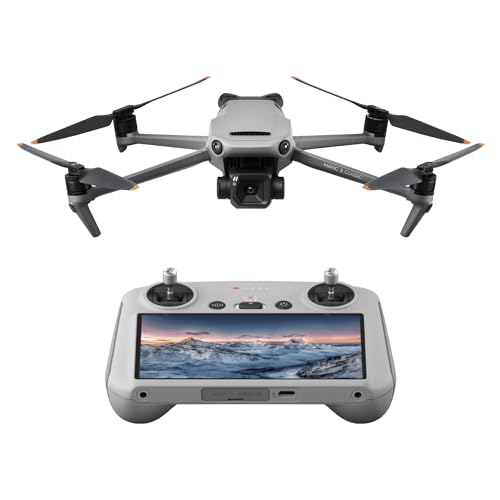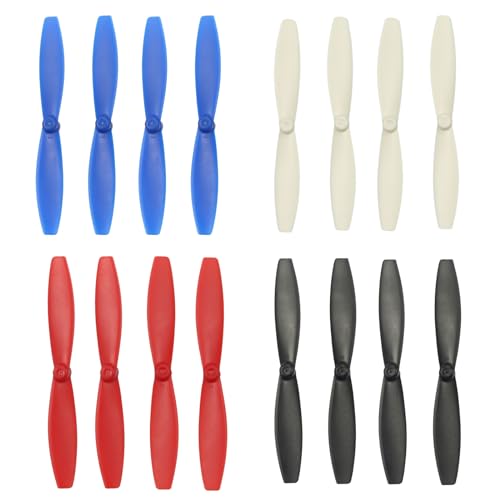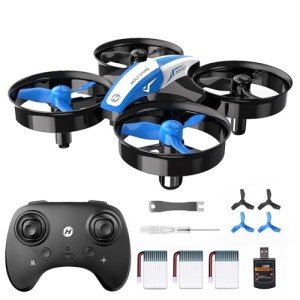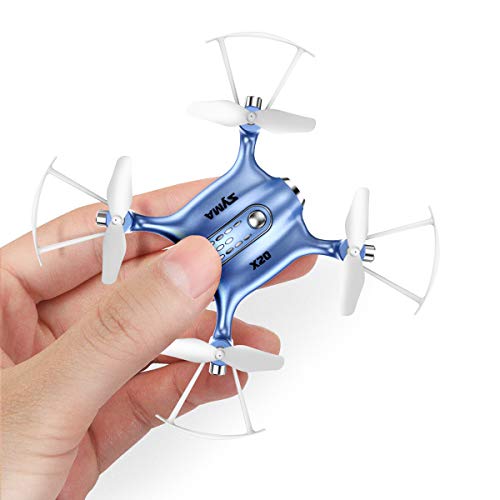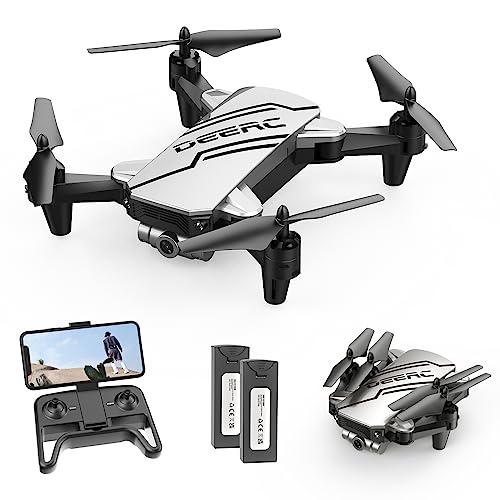If you want to capture jaw-dropping images with your drone, there are a few key tips to keep in mind. These drone photography tips will help you take your shots from average to outstanding in no time!
Lighting is everything in photography. Early mornings or late afternoons are the best times to fly your drone. This golden hour light adds a warm glow to your pictures, making landscapes look magical. Plus, the sun is lower in the sky, which means softer shadows and less glare.
Composition matters, too. Try using the rule of thirds. Imagine your image split into three equal parts, both vertically and horizontally. Place important elements along those lines or at their intersections. This simple trick can make your photos feel more balanced and interesting.
Don’t be afraid to experiment with angles and heights. Sometimes the best shots come from high above, while other times, a lower angle can create a unique perspective. Fly your drone at different altitudes and see how the scene changes. You might be surprised at what catches your eye!
Finally, don’t skip post-processing. Even the best shots can benefit from a little editing. Use software to adjust colors, contrast, and sharpness. This can bring out details that might not be obvious in the original image. Just remember to keep it looking natural; you want your photos to shine, not look overly edited!
Mastering Composition for Aerial Shots
Getting great aerial shots isn't just about flying your drone. It's all about composition. Here are some quick tips to help you step up your game in drone photography.
Start by thinking about the rule of thirds. Imagine your image divided into nine equal parts. Placing your subject along these lines or at their intersections makes your shots way more interesting. Instead of just centering everything, try positioning your main subject a little off to one side. It can really change the vibe of your photo!
Look for leading lines in your shots. That could be roads, rivers, or even paths. Those lines naturally guide the viewer's eye to the focal point, making your pictures pop. Experiment with angles too. A slight tilt can add depth and excitement to the scene.
Don’t forget about the time of day you shoot! Early morning or late afternoon light can bathe your photos in warm tones. This golden hour light is often softer and more flattering, giving your shots that wow factor. Adjust your settings accordingly to make the most out of this beautiful light.
Lastly, play around with different altitudes. A higher perspective can showcase vast landscapes, while a lower one can highlight details you wouldn’t normally see from the ground. Each height brings something new, so don’t hesitate to explore. Use these drone photography tips, and your aerial shots will impress every time!
DJI Mavic 3 Classic Drone with Hasselblad Camera
Capture stunning aerial footage with the powerful and easy-to-fly DJI Mavic 3 Classic Drone
Product information
$1,399.00
Product Review Score
4.25 out of 5 stars
18 reviewsProduct links
Lighting Tricks for Perfect Drone Images
Getting the lighting just right can make a huge difference in your drone photography. The golden hour, which is the time just after sunrise and just before sunset, is where you want to be. The soft, warm light can really make your images pop, giving them that dreamy vibe. If you can plan your flights around these times, you’ll get stunning shots that look like they’ve been professionally edited.
Cloudy days can actually be your best friend too. The diffused light helps reduce harsh shadows and creates a more even exposure. Plus, you can capture some dramatic skies filled with texture. Just keep an eye on your composition. Use the clouds to frame your shot, which can add depth and interest to your images.
Don’t forget about the direction of the light. Shooting with the sun behind you can help illuminate your subject beautifully. But if you're feeling adventurous, try backlighting to create silhouettes or find unique reflections in water. Experimenting with light direction can lead to some really eye-catching results.
Using filters can also enhance your drone photography. Polarizing filters reduce glare from water and shiny surfaces, making colors more vibrant. And if you want some drama, consider a neutral density filter. It allows you to use slower shutter speeds, perfect for those sweeping landscape shots while adding motion blur to clouds or water.
Pay attention to shadows as well. Shadows can create mood and depth. Think about how they fall across your subject, and don’t be afraid to play with different angles. A little creativity can turn an ordinary shot into something spectacular. Keep these lighting tricks in mind, and you’ll be well on your way to mastering your drone photography skills!
Anbee Colorful Propeller Set for Parrot Drones
Upgrade your Parrot drone with these vibrant and durable propellers for a fun flying experience
Product information
$9.99
Product Review Score
4.69 out of 5 stars
53 reviewsProduct links
Editing Tips to Enhance Your Photos
Editing your drone photos can take your shots from good to spectacular. With just a few tweaks, you can really make your images pop. Here are some simple editing tips that will help you enhance your photos.
First off, don’t underestimate the power of cropping. Sometimes, a slight adjustment can completely change the feel of your photo. Focus on what you want to highlight—maybe a stunning landscape or a unique structure. Trimming out distracting elements can draw the viewer’s eye right where you want it.
Next, play around with the exposure and contrast. If your shot looks a bit flat, boosting the contrast can add depth and vibrancy. Adjusting the exposure helps to brighten or darken your photo, allowing you to set the mood just right. Just be careful not to overdo it; you want to keep that natural look.
Color correction is another key step in your editing process. A little adjustment to the saturation can make colors more vivid without making them look unnatural. Don’t shy away from experimenting with color balance, either. Making small tweaks can really bring out those stunning hues captured by your drone. Remember, using the right Drone Photography Tips can make a huge difference!
Finally, consider adding some sharpening. This can enhance the details in your images and make your aerial shots look crisp. But again, moderation is key! Too much sharpening can lead to a noisy image, and nobody wants that.
